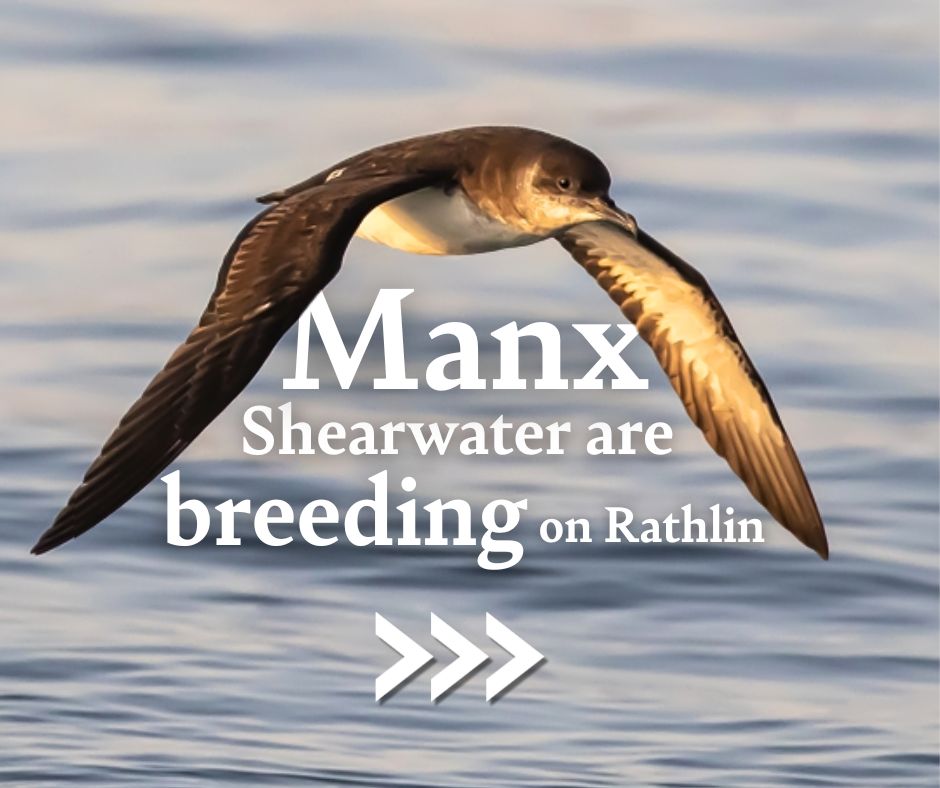 Removing alien predators from islands often leads to dramatic effects for seabirds with increases in numbers, improved breeding success, returns after going locally extinct, or arriving for the first time. This is noticeable for the smaller burrowing petrels and shearwaters that are at particular risk to ground predators, as regularly reported for islands around the world in ACAP Latest News.
Removing alien predators from islands often leads to dramatic effects for seabirds with increases in numbers, improved breeding success, returns after going locally extinct, or arriving for the first time. This is noticeable for the smaller burrowing petrels and shearwaters that are at particular risk to ground predators, as regularly reported for islands around the world in ACAP Latest News.
Two examples follow for seabird islands in the United Kingdom where Manx Shearwaters Puffinus puffinus are on the road to recovery following campaigns against predators - Ferrets Mustela furo and Norway or Brown Rats Rattus norvegicus on Rathlin Island off the north coast on Northern Island, and Norway Rats on St Agnes and Gugh in the Isles of Scilly,
Rathlin Island, Northern Ireland
“Manx Shearwaters have been recorded breeding on Rathlin Island for the first time in decades. This month, [Richard Else] from LIFE Raft spotted the young seabirds at their burrows. Once abundant on the island, Manx Shearwaters numbers plummeted as this amber-listed [medium conservation concern] species [is] vulnerable to various pressures, and by the late 20th century they *had almost disappeared. Using night-vision technology, the LIFE Raft team captured footage of young birds ready to fledge from their burrows, providing the confirmation of Manx Shearwaters successfully nesting and raising chicks on the island. This sighting is a hopeful sign for these vulnerable birds and with our ongoing work on Rathlin Island, we hope to see the island continue to be a seabird stronghold for future generations.” Information from the RSPB and the Facebook Page of RSPB Northern Island).
St Agnes and Gugh, Isles of Scilly
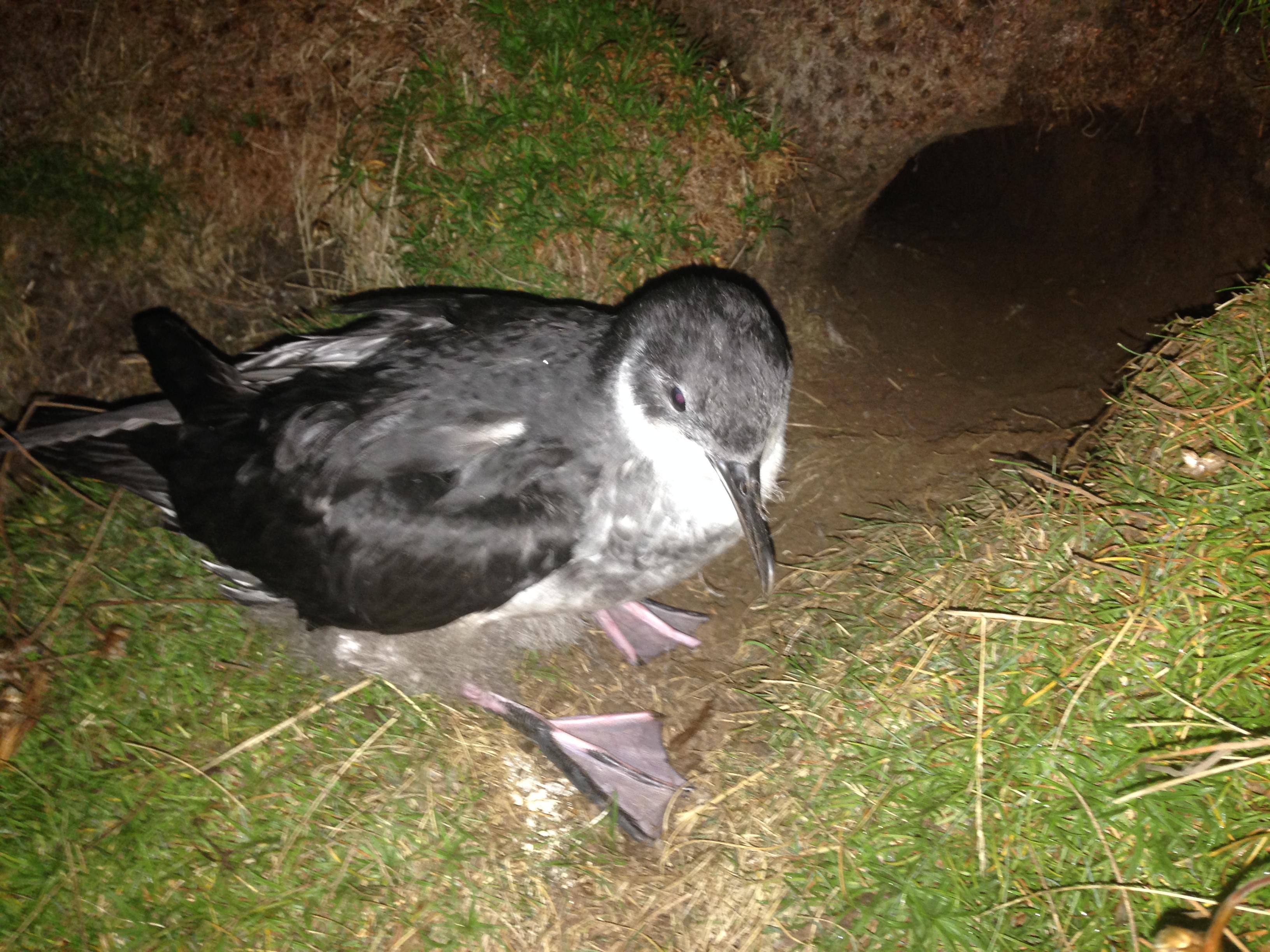 A Manxie chick at is burrow mouth on St Agnes, photograph by Jaclyn Pearson
A Manxie chick at is burrow mouth on St Agnes, photograph by Jaclyn Pearson
“The small community of residents on St Agnes and Gugh in the Scilly Isles are now seeing the rewards of the removal of Norway or Brown Rats Rattus norvegicus from the island. Breeding colonies of Manx shearwaters and [European] storm petrels [Hydrobates pelagicus] were completely lost, but the islands were declared rat free in 2016, and in 2024 there were 154 Manx shearwater pairs and 100 storm petrel pairs”, as reported on the Facebook page of the Isles of Scilly Wildlife Trust and the Royal Society for the Protection of Birds (RSPB).
Read ALN articles on the successful effort to remove rats from St Agnes and Gugh.
John Cooper, Emeritus Information Officer, Agreement on the Conservation of Albatrosses and Petrels, 20 November 2025
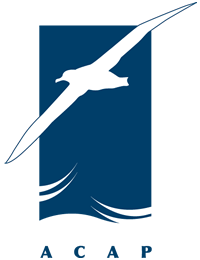
 English
English  Français
Français  Español
Español 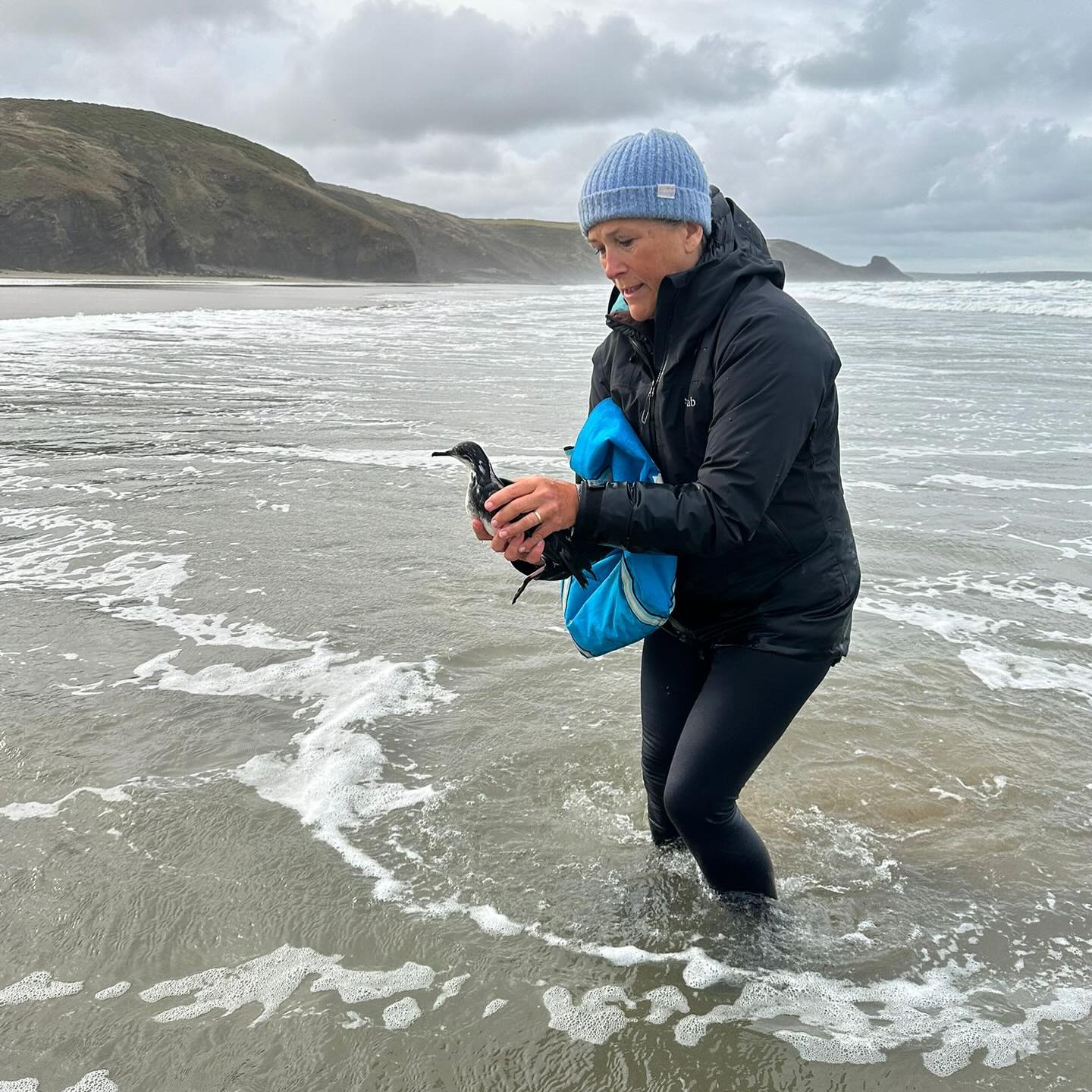 A Manx Shearwater gets rescued from the sea at Newgale Beach, Pembrokeshire, Wales
A Manx Shearwater gets rescued from the sea at Newgale Beach, Pembrokeshire, Wales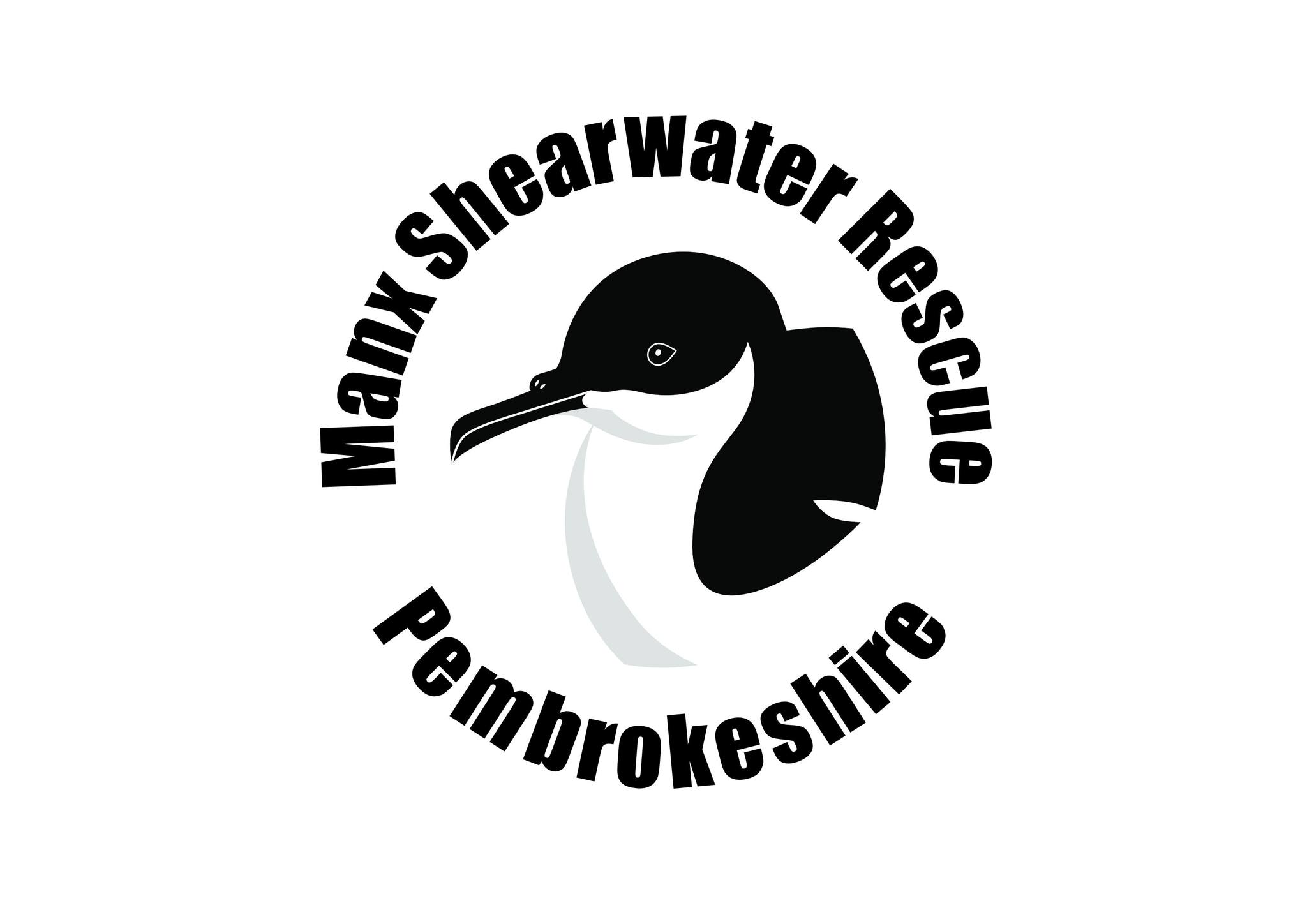
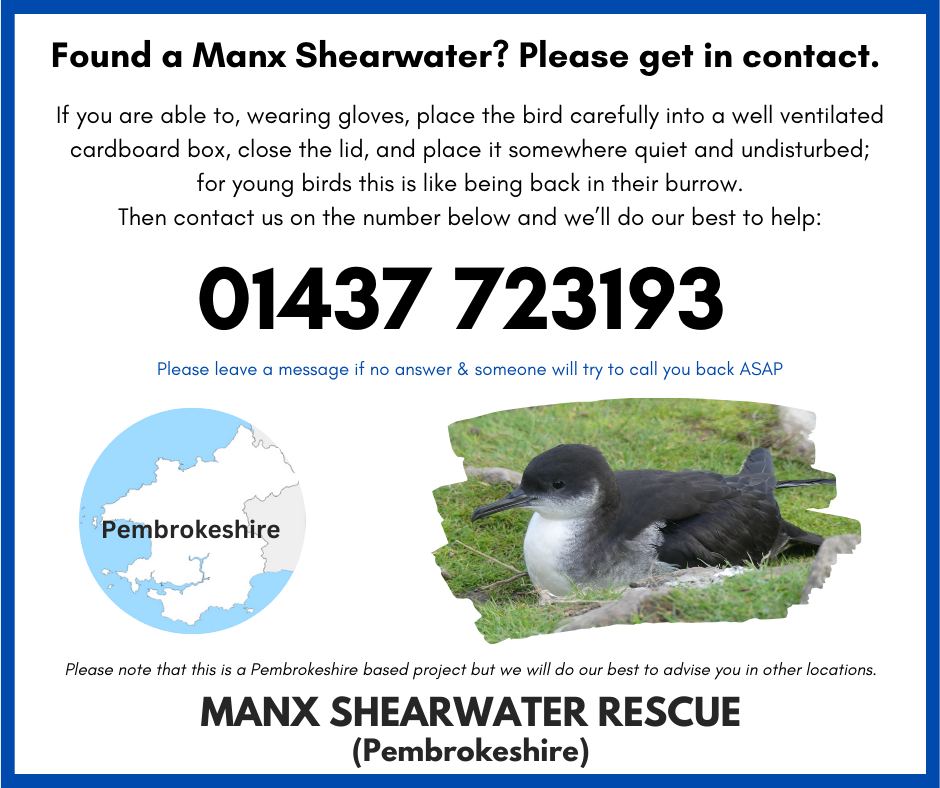
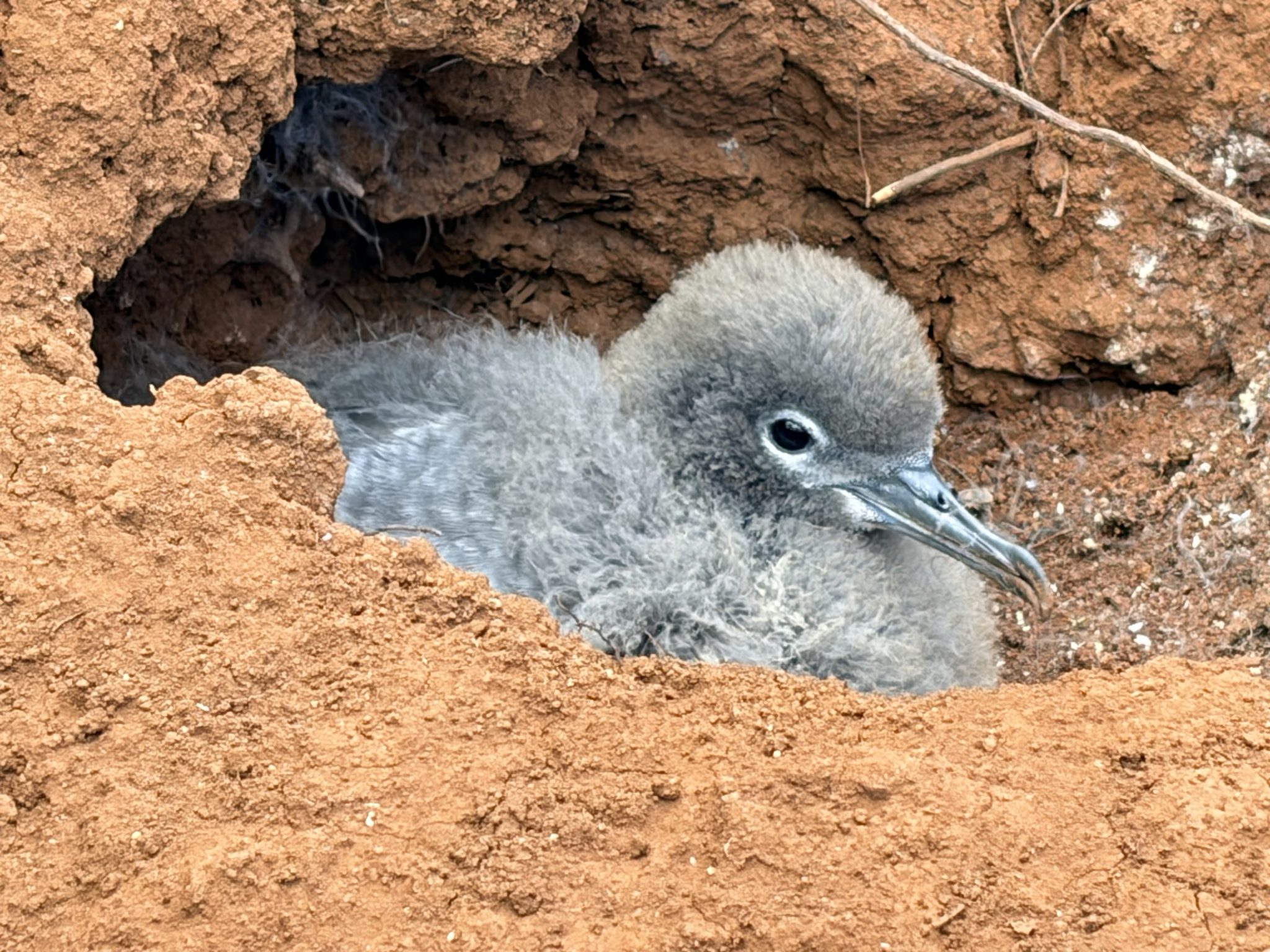 Wedge-tailed Shearwater chick in the Kilauea Point National Wildlife Refuge, photograph from Pacific Rim Conservation
Wedge-tailed Shearwater chick in the Kilauea Point National Wildlife Refuge, photograph from Pacific Rim Conservation![P01[0:0] TT[188] E[080:2272]G[192:0x3c] BV[-1:0] IR[L:L:18] MOE[0:3]](/images/stories/acap/Birds/Shearwaters/Wedge_tailed/Wedge-tailed_feral_pig_4_Pacific_Rim_Conservation.jpg)
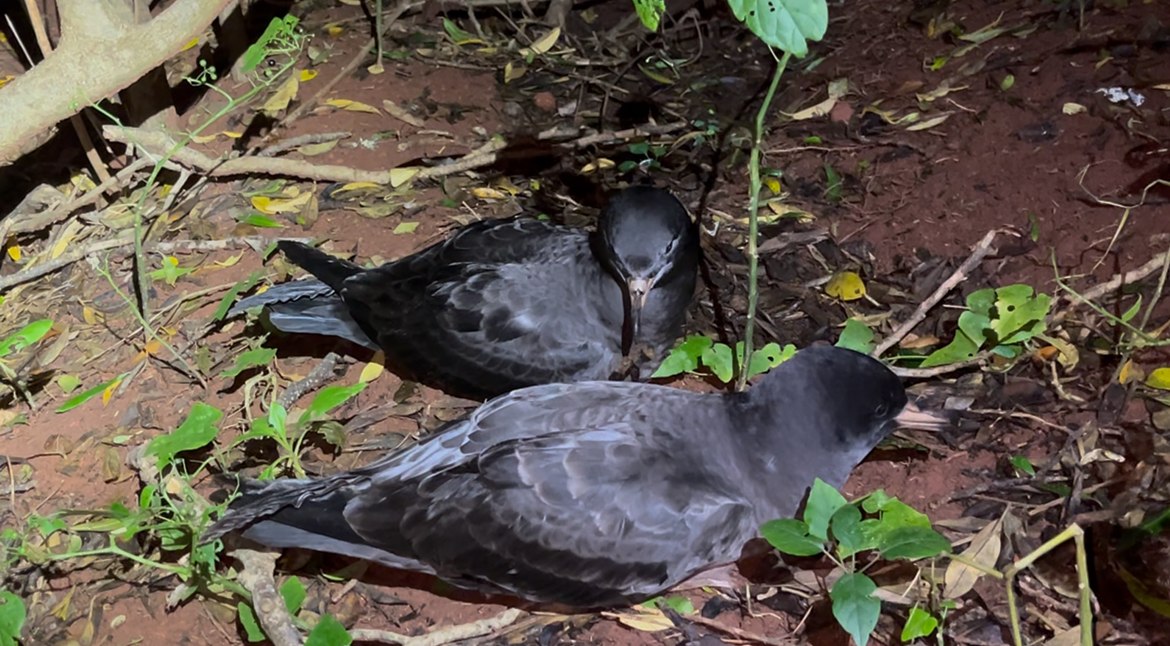
 A Lumo Lead®, photograph from the publication
A Lumo Lead®, photograph from the publication